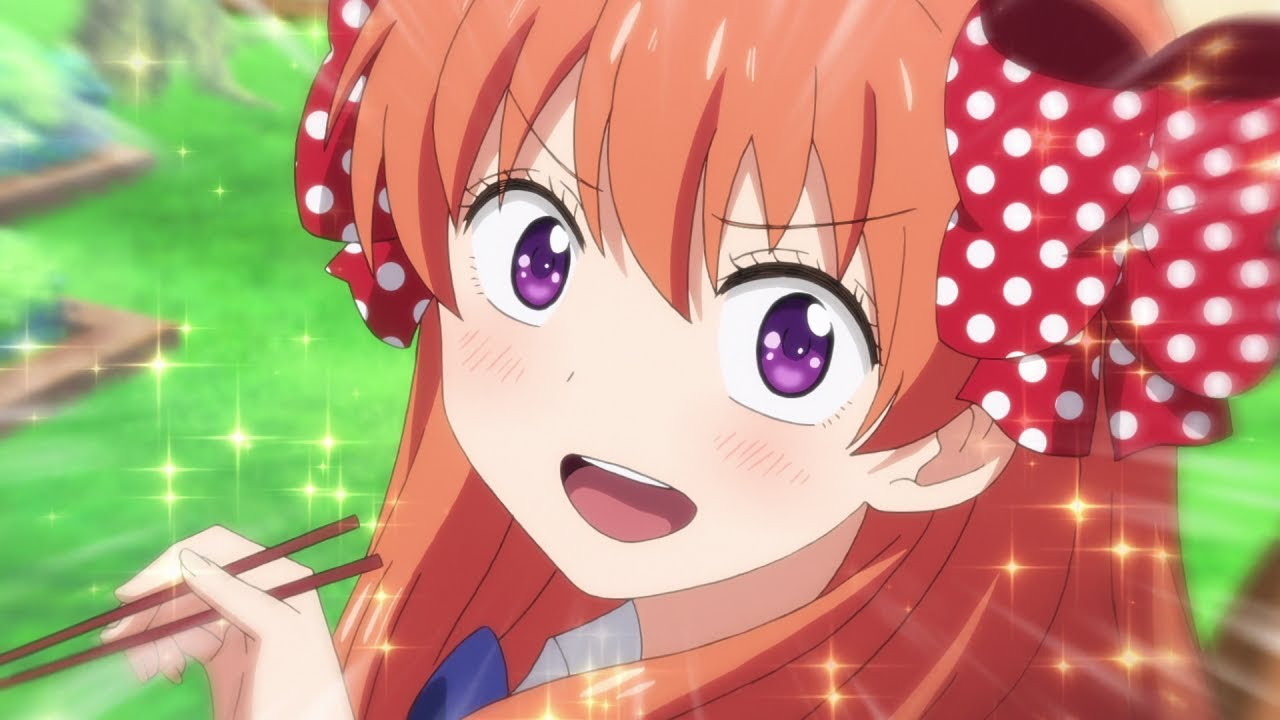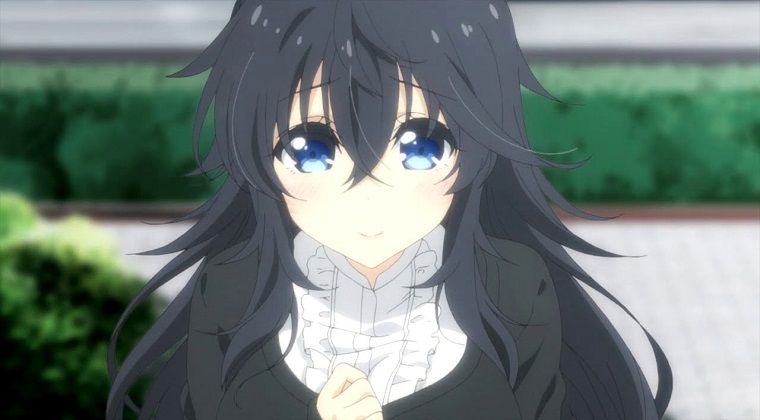Anime features a wide variety of character archetypes that resonate with audiences worldwide, and one of the most charming and beloved types is the deredere. This character type plays a significant role in shaping the emotional tone of anime and is often at the heart of the story’s warmth and emotional depth. Whether you’re a seasoned anime fan or just starting your journey, understanding what it means to be “deredere” can enhance your experience and offer a deeper connection to certain characters.
In this, we will explore the meaning of deredere, its distinct traits, and how it contrasts with other character archetypes. By examining its origins and role in storytelling, you’ll see why deredere characters hold a special place in the hearts of fans. From their sweetness to their unwavering devotion, deredere characters add a touch of warmth and tenderness to any anime.
What Does Deredere Mean in Anime?
The term “deredere” (デレデレ) originates from the Japanese onomatopoeic word deredere, which refers to the sound or feeling of being overly affectionate or sweet. In anime, a deredere character is one who is particularly loving, caring, and openly expresses affection, often toward a specific person, usually the protagonist. These characters can appear in romantic, slice-of-life, or even comedy anime, where their affection serves as an essential element of their personality.

A deredere character might express their feelings through actions or words, sometimes with overwhelming sincerity. These characters are typically warm-hearted, considerate, and will go out of their way to make others happy. They contrast with other character archetypes that may be more reserved or cold, providing balance and emotional depth to the story.
In many cases, the deredere character’s sweetness is contrasted with the more aloof or indifferent behaviors of other characters. This can create interesting dynamics within the anime, especially when their affection is reciprocated, resulting in touching moments that audiences can’t help but enjoy.
Deredere vs. Tsundere: Understanding the Difference
While the deredere archetype is characterized by overt affection, another popular archetype often mentioned in the same breath is tsundere (ツンデレ). Though both archetypes can seem similar at first glance, there is a distinct difference.
A tsundere character often starts off cold, distant, or even hostile toward the protagonist. However, as the story progresses, they gradually reveal their softer side. Their affection is hidden behind a mask of stubbornness or hostility, which is a defining feature of the tsundere archetype.
In contrast, a deredere character does not hide their emotions. Instead, they openly display their affection, often making their feelings known right from the start. While both types are emotionally expressive, the key difference lies in how they express those emotions. A deredere is upfront and consistent in their affection, while a tsundere might experience moments of hot and cold behavior, making them more complex and sometimes frustrating to interact with.
Common Traits of Deredere Characters
Affectionate Nature
The most prominent feature of a deredere character is their natural ability to express affection freely. Whether through gestures, words, or simply their presence, these characters make it clear that they care deeply for those around them. Their affection may be directed toward a romantic partner, friends, or even family members.
Kind and Caring
A deredere character tends to be selfless and always concerned about the well-being of others. They will often go out of their way to help those they care about, offering support or assistance without expecting anything in return.
Optimism and Cheerfulness
These characters typically maintain a positive attitude, even in difficult situations. Their optimism is often contagious, lifting the spirits of those around them and providing emotional support to others who might be struggling.
Open About Feelings
Unlike other characters who might be reserved or hesitant to show affection, deredere characters are not shy about revealing their feelings. Whether it’s through small actions like giving gifts or openly confessing love, their expressions of affection are a key part of their character.

Famous Deredere Characters in Anime
Numerous anime series feature iconic deredere characters that have become fan favorites. These characters represent the ideal of love, tenderness, and care. Here are some examples:
Nodoka Miyazaki (Negima!): Nodoka is a perfect example of a deredere character. Her shy and sweet personality makes her endearing, and her affection toward the protagonist is genuine and open.
Hinagiku Katsura (Hayate the Combat Butler): Despite her tough exterior, Hinagiku demonstrates a deredere side in her interactions with others. Her kindness and care for the people she loves make her one of the standout characters in the series.
Yuno Gasai (Future Diary): While Yuno may exhibit some intense and extreme behavior, at her core, she is deeply affectionate toward the protagonist, Yukiteru. Her devotion and love are what define her, making her a deredere character.
Why Do Fans Love Deredere Characters?
Fans are drawn to deredere characters for a variety of reasons, but one of the most significant factors is their genuine nature. In a world where relationships can often be complicated and difficult, deredere characters embody the idea of unconditional love and loyalty. Their emotional openness and sincerity create an easy connection with the audience, and their ability to express vulnerability adds depth to their character.
Another reason deredere characters are so beloved is their consistency. Unlike other archetypes, such as tsundere or yandere (a character who can become dangerously obsessed), a deredere character remains stable in their affections, making them a reliable source of warmth and positivity.
Additionally, deredere characters often play key roles in romantic anime, providing the emotional support that the protagonist needs. Whether they are the love interest or a supportive friend, their unwavering affection creates a sense of security and love in the story, which audiences can appreciate.
How Deredere Enhances Anime Storytelling

The presence of a deredere character can significantly enhance the emotional dynamics of a story. In many anime, the deredere serves as the emotional anchor, keeping the protagonist grounded while offering moments of genuine warmth. These characters can also help highlight other character traits or struggles, often providing an emotional contrast to more stoic or cynical characters.
In romantic plots, the deredere character’s overt affection can serve as a source of comfort and encouragement for the protagonist, who might be unsure of their feelings. This can lead to heartwarming moments of mutual understanding and love.
Furthermore, the presence of a deredere character can contribute to the thematic elements of the anime, such as love, friendship, and selflessness. By portraying a character who is consistently caring and affectionate, the anime can explore what it means to love someone unconditionally.
The Timeless Appeal of Deredere Characters
The deredere character archetype continues to capture the hearts of anime fans due to its emotional depth, warmth, and sincerity. These characters add a layer of affection and kindness that enriches the anime experience, making their presence a key factor in many beloved series. Whether you’re watching a romantic anime or a slice-of-life story, the deredere character brings a sense of emotional grounding that resonates deeply with audiences.
By offering a contrast to more complex or stoic characters, deredere characters help to balance the emotional tone of the narrative, creating moments of joy, comfort, and love. As anime continues to evolve, the timeless appeal of deredere characters will undoubtedly remain a beloved aspect of the medium, reminding us all of the power of unconditional affection.
[Updated: 04/20/2025]




